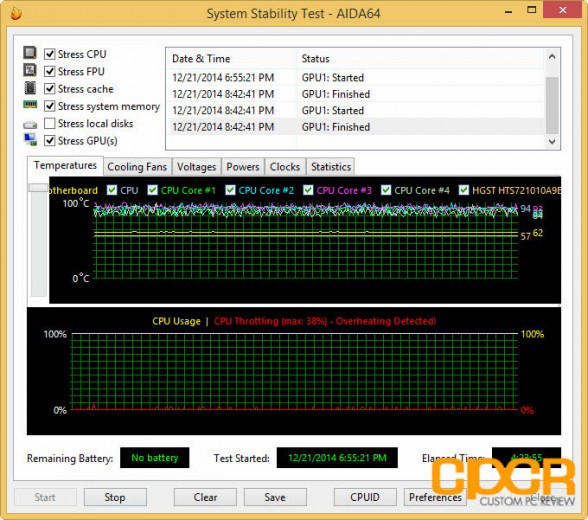
Run a stress testing program such as Prime95 or AIDA64 for at least an hour to ensure that the CPU can handle the extra load without crashing or overheating. Stress Test the Overclocked CPU After overclocking the CPU, it is important to stress test it to ensure that it is stable and can handle heavy workloads over an extended period of time. Consult your motherboard and CPU documentation to determine what these limits are. Keep an eye on CPU temperature and voltage levels, and make sure to stay within safe limits. Start with small increments in clock speed and test for stability after each change.

#ASUS 64 CPU STRESS TEST SOFTWARE#
Use stress testing software such as Prime95 or AIDA64 to ensure that the CPU can handle a heavy workload without crashing or overheating.ĭetermine Safe Overclocking Parameters Once you have established the baseline for stability, it is time to begin overclocking the CPU. Test for Stability at Stock Settings Before attempting to overclock your CPU, it is important to establish a baseline for stability at stock settings. Be sure to do your research before making a purchase. Look for a CPU that is known to be overclockable, and pair it with a motherboard that has robust power delivery and cooling solutions to handle the extra load.

In this guide, we will cover some of the most important steps to properly overclock and stress test a CPU, along with some tips and tricks to help you get the most accurate and stable results.Ĭhoose the Right CPU and Motherboard Not all CPUs and motherboards are created equal when it comes to overclocking.

Overclocking a CPU can be a complex and time-consuming process that requires a lot of attention to detail.


 0 kommentar(er)
0 kommentar(er)
